Many indoor plant enthusiasts face the disheartening reality of their greenery withering away, despite their best efforts. This blog post delves into the various factors that could be causing this widespread issue. From the level of sunlight reaching the leaves to the intricacies of watering routines, every aspect holds significant weight in the plant’s survival. Understanding these elements is crucial to transforming a home into a thriving oasis for indoor plants.
Contents
Lack Of Adequate Sunlight
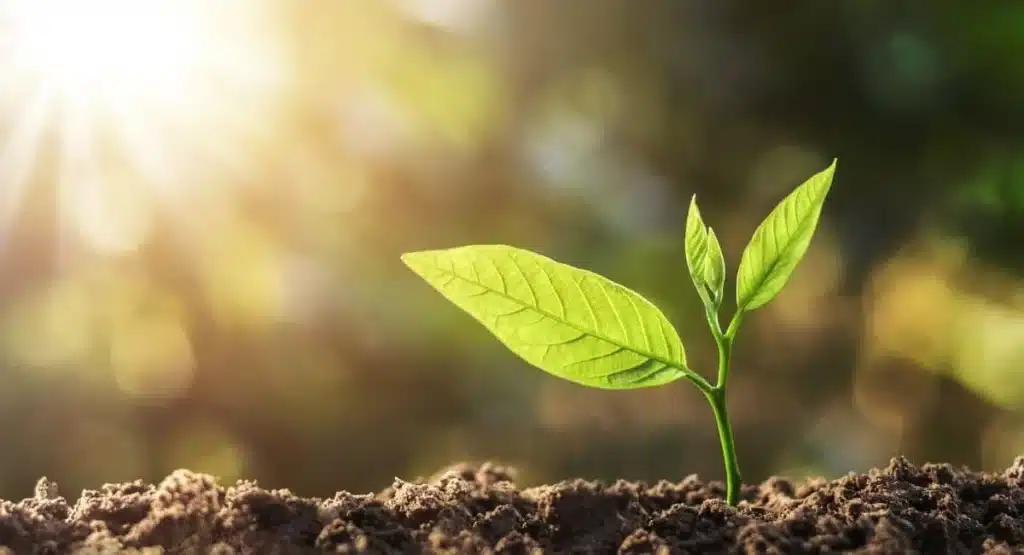
Indoor plants often struggle due to insufficient exposure to sunlight. Sunlight is the cornerstone of a plant’s ability to perform photosynthesis, the process by which it feeds and sustains itself. When plants are placed too far from a light source or in a room with inadequate natural light, their leaves may become pale, their stems might elongate abnormally, and flowering plants could fail to produce blooms. Such symptoms signal an urgent need to reassess the plant’s placement in the home.
The solution isn’t always as simple as placing a plant on a windowsill. Different species require varying amounts of light, and what flourishes in a sunny spot may wilt in another. It’s crucial to match plants with their ideal lighting conditions. For those areas in homes that lack natural light, artificial grow lights offer a spectrum of light that can cater to a plant’s needs. The key is to monitor the plants for signs of improvement or continued distress and adjust their light sources accordingly.
Improper Watering Practices

Watering indoor plants is an art that requires understanding the delicate balance between too much and too little. Overwatering is a common pitfall that leads to root rot, a condition where roots can’t access the oxygen they need, effectively drowning the plant. Symptoms include yellowing leaves and a musty smell from the potting mix. Conversely, underwatering deprives plants of the moisture needed to carry nutrients from the soil to their leaves, leading to wilted and dry foliage.
Each plant species has unique watering requirements that can also change with the seasons and even the humidity levels in a home. To navigate this, one must assess the moisture level in the soil before watering – the top inch should be dry for most plants. Employing tools like moisture meters or simply using a finger to test soil moisture can guide you when it’s time to water. Establishing a regular but flexible watering schedule can help ensure that plants receive just the right amount of hydration to thrive.
Poor Soil Conditions
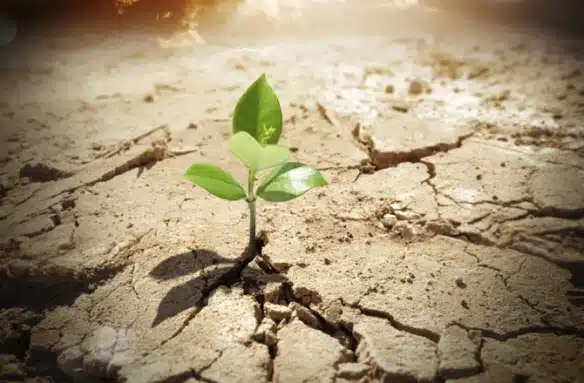
The health of indoor plants is fundamentally tied to the quality of the soil in which they are planted. Soil that does not drain well can lead to water accumulation at the roots, a sure recipe for root diseases and poor plant health. On the other hand, soil that drains too quickly may not provide enough time for roots to absorb water and nutrients. Many off-the-shelf potting mixes are formulated to provide a balance, but these can become compacted over time, reducing their efficacy. It is essential to consider the type of plant and its specific soil preferences when selecting a potting mix, as what works for a succulent will not be suitable for a fern.
Regularly checking the condition of the soil can prevent many problems with indoor plants. Over time, soil can become depleted of nutrients, or its structure may deteriorate. This often necessitates repotting the plant with fresh, nutrient-rich soil. In some cases, simply top-dressing by adding a new layer of soil to the top of the pot can extend the life of the potting medium. For plants with special requirements, such as orchids or cacti, tailored mixes are available that provide the exact nutrient balance and drainage these plants need to flourish.
Pest Infestations
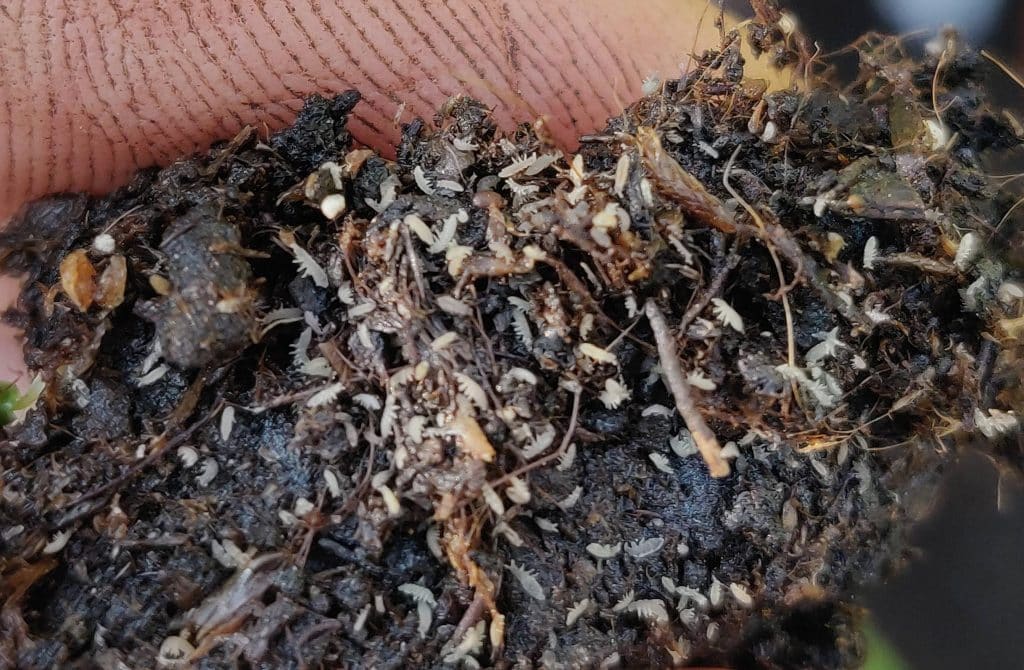
Pest infestations can be silent killers of indoor plants. Tiny insects such as spider mites, aphids, and mealybugs can go unnoticed until the plant is significantly damaged. These pests drain the sap from leaves and stems, weakening the plant and making it more susceptible to disease. Telltale signs of infestations include speckled or yellowing leaves, sticky residue, or visible bugs on the underside of leaves. It is critical to inspect plants regularly, paying special attention to new additions to the indoor garden, as they can introduce pests to other plants.
Combating pests requires a strategic approach; using harsh chemicals indoors is rarely advisable due to health concerns. Instead, mild soap solutions, neem oil, or insecticidal soaps are preferred. Quarantining affected plants can prevent the spread of pests. For severe infestations, removing the affected parts of the plant or repotting can be necessary. Preventative measures, such as maintaining plant hygiene and avoiding overcrowding, can also help keep pests at bay.
Inadequate Humidity Levels
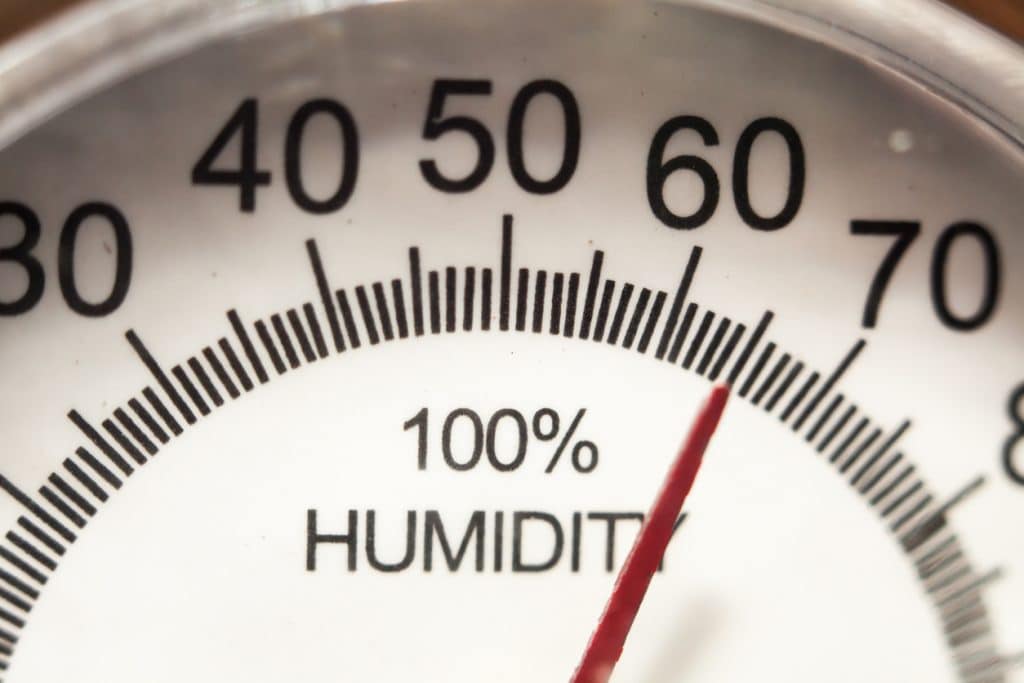
The ambient humidity within a home can play a significant role in the health of indoor plants, especially for varieties that originate from tropical environments. These plants can suffer in dry indoor air, leading to brown leaf tips and edges, a sign that the moisture in the air is insufficient for their needs. This is a common issue in homes with central heating or air conditioning, which tends to dry out the air. Simply spraying leaves with water often provides only temporary relief, as the water evaporates quickly, especially in hot or windy conditions.
There are several effective methods to increase humidity around indoor plants. Grouping plants together can create a microclimate with higher humidity, as plants naturally release moisture through a process called transpiration. Another solution is to use a humidity tray filled with water and pebbles; placing pots on the tray ensures that as the water evaporates, it raises the humidity around the plants. For those seeking a more consistent solution, a room humidifier can be used to maintain an optimal level of moisture in the air, catering to the needs of even the most humidity-loving plants.
Overfertilization
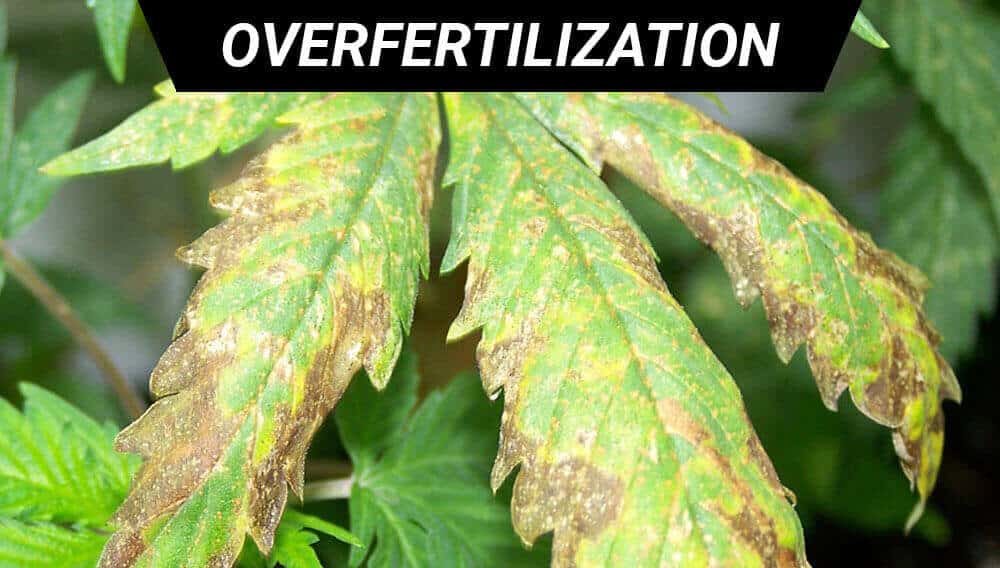
The saying “too much of a good thing” holds true when it comes to fertilizing indoor plants. While fertilization is essential for providing plants with necessary nutrients, overdoing it can lead to a build-up of salts in the soil, which can burn the roots and hinder the plant’s ability to absorb water and nutrients. The signs of overfertilization are often seen in the form of browning leaf margins, wilting, and a crusty build-up on the soil’s surface. When plants are subjected to excessive amounts of fertilizer, they may show a spurt of growth followed by a rapid decline in health.
To prevent overfertilization, it is important to follow the recommended dosage and frequency on the fertilizer package. Slow-release fertilizers are a practical choice, as they feed plants over a period of time rather than all at once, reducing the risk of nutrient overload. For those who have already over-fertilized their plants, flushing the soil with water can help to remove excess fertilizer. However, care should be taken not to disturb the roots excessively during this process. In the future, keeping a fertilizer schedule can help to track when and how much to feed the plants, ensuring they receive the right amount of nutrients without the adverse effects of overfertilization.
Neglecting Plant Hygiene
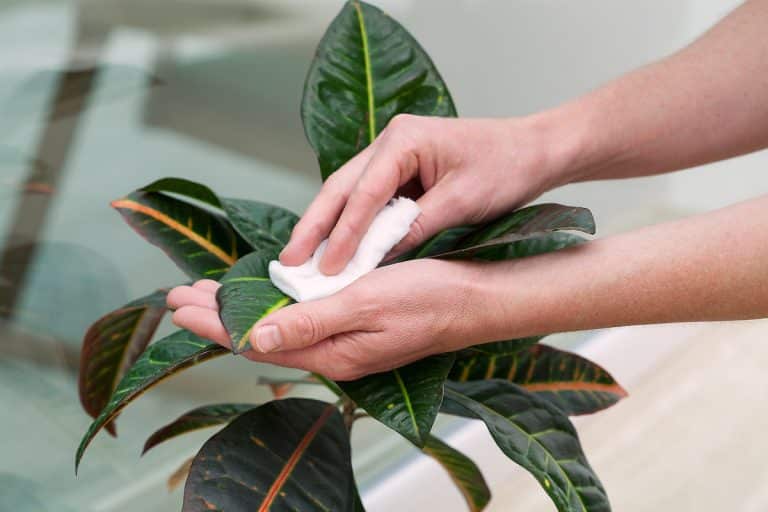
The cleanliness of plants is often overlooked in routine plant care, yet it plays a crucial role in their overall health. Dust that accumulates on leaves can block sunlight and reduce a plant’s ability to photosynthesize efficiently. Furthermore, a dirty plant is more attractive to pests and more susceptible to fungal infections. Wiping the leaves with a damp cloth not only improves the appearance of the plant but also supports its health. In addition to cleaning leaves, pruning dead or yellowing foliage helps prevent the spread of disease and encourages new growth.
Maintenance also involves checking the integrity of pots and the stability of the plant within them. A pot that is too small can constrict root growth, while one that is too large may lead to soil waterlogging. Ensuring that plants have adequate room to grow and that their pots have proper drainage holes are simple yet effective steps in maintaining healthy indoor flora. Regular inspections can catch early signs of disease or pests, allowing for prompt treatment and a greater chance of the plant’s recovery.
The Bottom Line
Indoor plants require a careful balance of light, water, soil quality, and overall care to thrive in the home environment. While the challenges of maintaining this balance can seem daunting, the rewards of a healthy, lush indoor garden are innumerable. By paying close attention to the needs of each plant and responding to the early signs of distress, even novice gardeners can cultivate a verdant space. Remember, the success of indoor plants is not solely in their survival but in understanding and adapting to their evolving requirements.